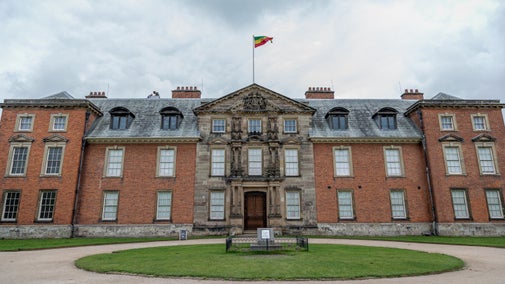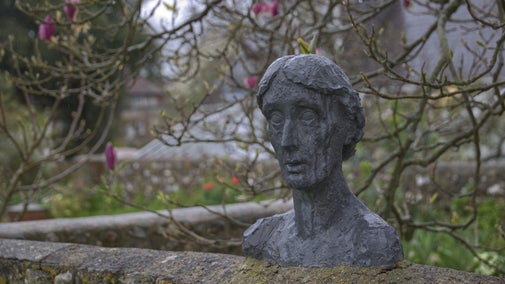
People in history
Discover some of the social history behind the places we care for and uncover fascinating facts about the people who have lived in them.

Throughout history, many women have defied social convention and have helped to shape the modern world as we know it. Learn more about the remarkable women with links to the places we look after, from the political player who helped make Charles II king to the archaeologist who helped discover a 7th-century Saxon ship burial.



Discover some of the social history behind the places we care for and uncover fascinating facts about the people who have lived in them.
Throughout history, women artists have had to overcome many obstacles in order to pursue careers in the fine arts. Discover great women artists and their artworks through the collections we care for.

Discover the stories of the women who lived and worked at some of the places in our care. Working in collaboration with family history website Findmypast, we've been exploring the 1921 Census of England and Wales to uncover these personal histories. From a war widow to female business owners to changes in domestic service, read their stories and also find out about the women in your family's history. By clicking this link, you’ll access a third-party website. Please see their privacy policy for how they handle your personal data.

Many of the places we care for were home to impassioned people who campaigned both for and against women’s suffrage. Find out about these campaigners, from Laura McLaren and George Bernard Shaw in favour, to Lord Curzon who was against it.

Learn about pioneering women gardeners from Edith, Lady Londonderry’s rare plants and symbolism, to Kitty Lloyd Jones, one of the first women to train as a professional horticulturalist.

Discover the places and collections we care for that have connections to Black histories. Learn more about the people behind these connections, including the lady of the house at Dyrham Park in South Gloucestershire and an exiled emperor at Dunham Massey in Greater Manchester.

Learn more about the LGBTQ+ people with connections to the places we care for and why highlighting their stories is important.
